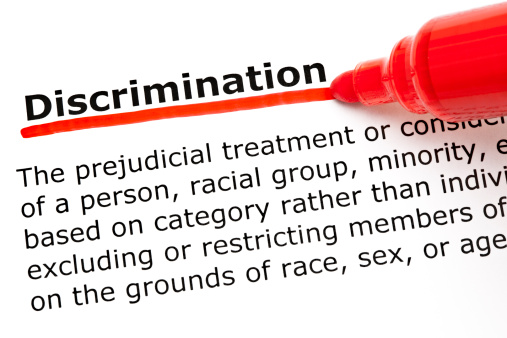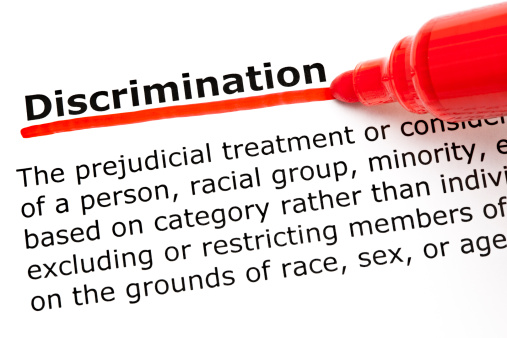Investigators now coming after you … in disguise

One government agency has just taken the wraps off a new way its officials intend to enforce employment laws. If this tactic spreads, it could be very costly for employers.
New York City employers are now faced with the possibility of having government officials poking around their hiring practices disguised as job applicants.
Mayor Bill de Blasio (D) just enacted a new law (Bill 690-A) that requires the city’s Human Rights Commission to conducted “matched-pair” testing of at least five employers’ hiring processes between Oct. 1, 2015 and Sept. 30, 2016 — although there’s no limit to how many of these tests the commission can conduct.
The “matched-pair” testing will work like this: The commission will have two “testers” apply for, or inquire about, the same position at the same company. The testers will have similar qualification, but the major difference will be that one will have a characteristic protected by the city’s Human Rights Law.
The protected characteristic may be, among other things, the person’s:
- race
- color
- creed
- age
- national origin
- alienage or citizenship status
- gender/gender identity
- sexual orientation
- disability
- marital status
- partnership status
- criminal history
- unemployment status, and/or
- status as a victim of domestic violence, stalking or sex offenses.
The testers will be required to report any incidents of discrimination to the commission’s Law Enforcement Bureau.
More aggressive approach
While it’s not uncommon for government enforcement agencies like New York City’s Human Rights Commission to use investigators, their primary duties up until now have been to investigate complaints filed by aggrieved individuals.
This new action marks one of the first times an agency will actively seek out discrimination on its own, and this massive shift in mindset should have employers worried.
These investigations will be conducted without provocation or warning, and if they turn up significant employment law violations, you can bet this is a model that will be adopted by other government agencies across the U.S..
Caroline Berdzik, an attorney who chairs the employment and healthcare practice at Goldberg Segalla, told Crain’s New York Business, “This agency is supposed to enforce discrimination law, not create new actions. … This is going to open a whole can of worms.”
Other law firms, like Jackson Lewis P.C., are saying that while employers should obviously be doing everything they can to prevent discrimination in hiring and employment actions already, they must how approach every applicant as if he or she’s one of the investigators.
For more HR News, please visit: Investigators now coming after you ⦠in disguise
Source: News from HR Morning






